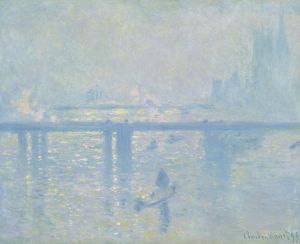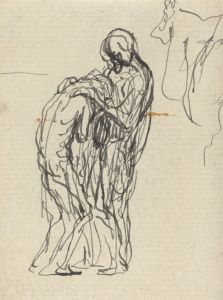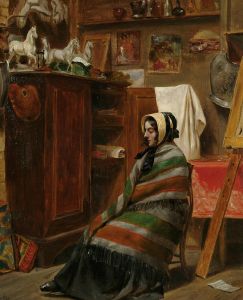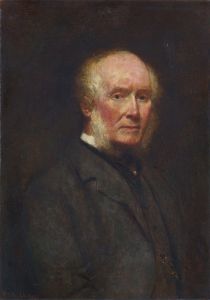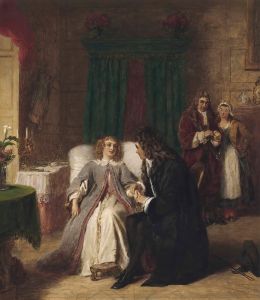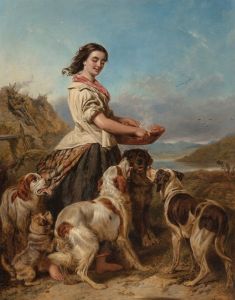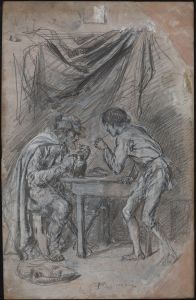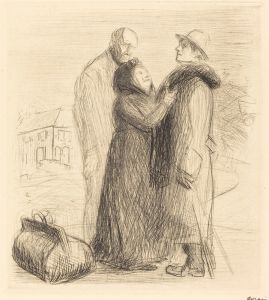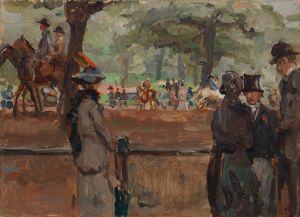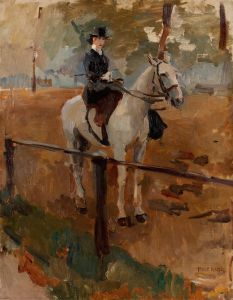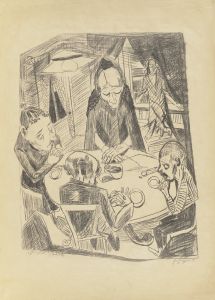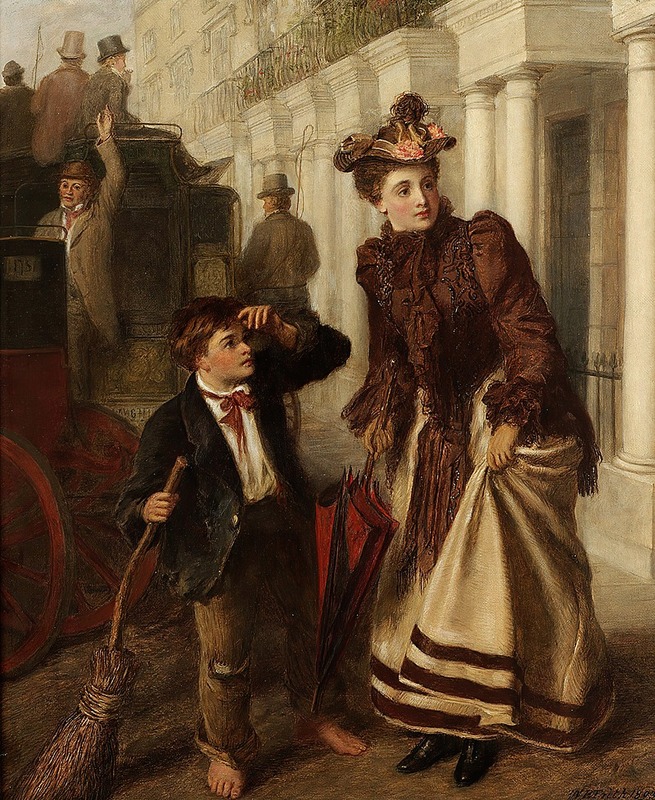
The Crossing Sweeper
A hand-painted replica of William Powell Frith’s masterpiece The Crossing Sweeper, meticulously crafted by professional artists to capture the true essence of the original. Each piece is created with museum-quality canvas and rare mineral pigments, carefully painted by experienced artists with delicate brushstrokes and rich, layered colors to perfectly recreate the texture of the original artwork. Unlike machine-printed reproductions, this hand-painted version brings the painting to life, infused with the artist’s emotions and skill in every stroke. Whether for personal collection or home decoration, it instantly elevates the artistic atmosphere of any space.
"The Crossing Sweeper" is a painting by the British artist William Powell Frith, known for his detailed and narrative-rich works that often depict scenes of Victorian life. Frith, born in 1819 and passing in 1909, was a prominent figure in the Victorian art scene, celebrated for his ability to capture the social dynamics and everyday life of his time.
This particular painting, "The Crossing Sweeper," is emblematic of Frith's interest in the social issues and class distinctions prevalent in 19th-century England. The artwork portrays a young street sweeper, a common sight in Victorian cities, whose job was to clear the way for pedestrians, often in hopes of receiving a small tip for their efforts. These sweepers were typically children or impoverished individuals, reflecting the harsh realities faced by the lower classes during this period.
Frith's painting is notable for its attention to detail and its ability to convey a narrative through visual means. The crossing sweeper is depicted in a bustling urban environment, surrounded by the hustle and bustle of city life. This setting not only highlights the contrast between the sweeper and the more affluent city dwellers but also serves as a microcosm of the broader societal structure of the time.
The composition of the painting draws the viewer's eye to the central figure of the sweeper, whose expression and posture convey a sense of determination and resilience. Frith's use of color and light further enhances the scene, with the sweeper often depicted in more muted tones compared to the vibrant surroundings, emphasizing the marginalization of the lower classes.
Frith's work is often associated with the genre of social realism, and "The Crossing Sweeper" is a prime example of this style. By focusing on the everyday lives of ordinary people, Frith's paintings provide a window into the social conditions of Victorian England, highlighting issues such as poverty, class disparity, and the impact of urbanization.
"The Crossing Sweeper" is part of a broader body of work by Frith that includes other notable paintings such as "The Derby Day" and "The Railway Station," both of which similarly explore themes of social interaction and the complexities of modern life. Frith's ability to capture the essence of his era has made his work an invaluable resource for understanding the cultural and social history of 19th-century Britain.
In summary, "The Crossing Sweeper" by William Powell Frith is a significant work that encapsulates the artist's skill in portraying the social realities of his time. Through meticulous detail and a keen eye for narrative, Frith offers a poignant commentary on the lives of the less fortunate in Victorian society, making his work both an artistic and historical treasure.





